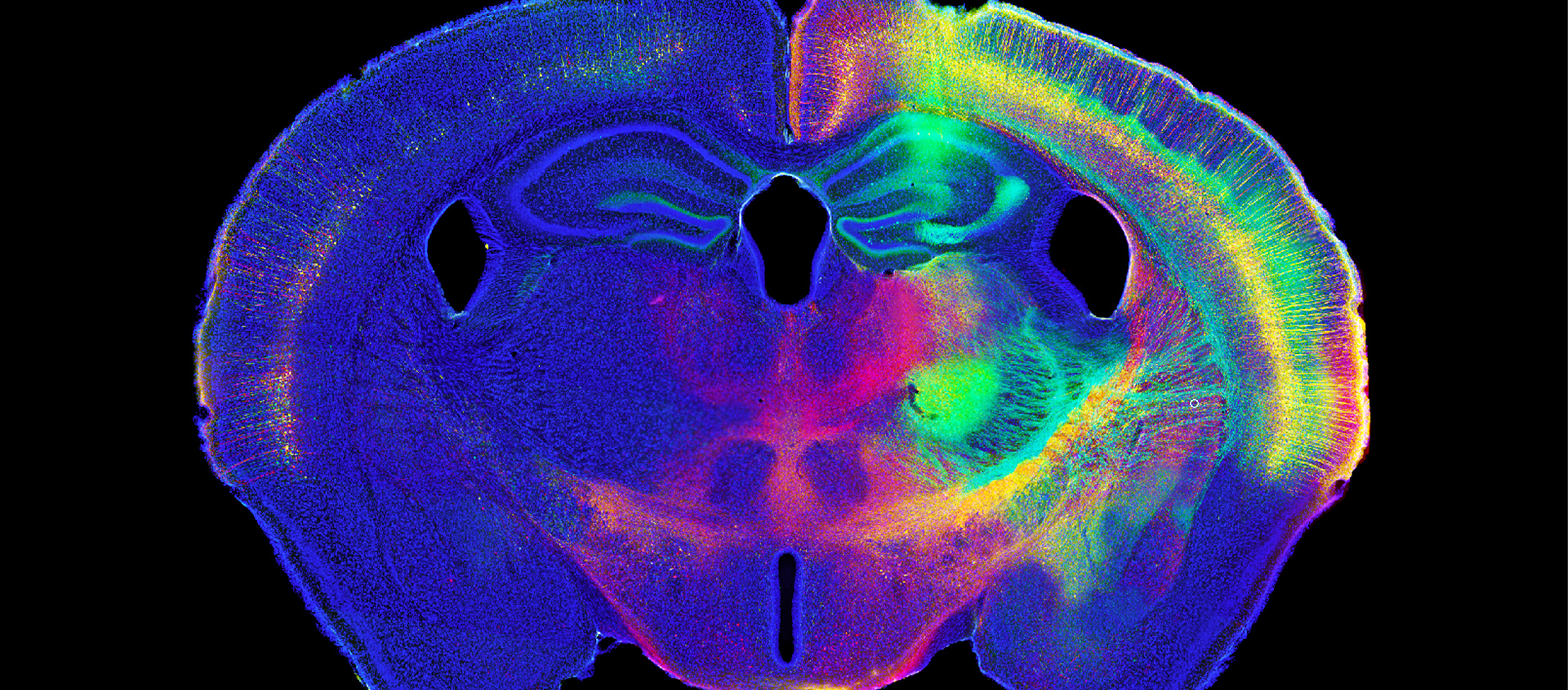The 3 algorithms in Neurolucida 360 were used in combination to create a smooth, accurate reconstruction Minor releases typically don't include new features, but Neurolucida 360 isn't an ordinary piece of software. Neurolucida 360 v2.7 has many new features and improvements, including: A new automatic tracing algorithm - Rayburst Crawl Capture videos of your rotating neuron reconstructions for presentations and publications New backbone length analysis for dendritic spines Improved handling of images...
Read More
MBF Bioscience Blog
MBF Bioscience announced today that it will open a European Sales and Support office in Delft, the Netherlands. Masha Stern, who has been the Manager of Technical Support and Training at MBF Bioscience headquarters in Vermont for 11 years, will become the Managing Director of MBF Europe. The new office is scheduled to open September 2016. “Our new European Office is a result of the continually...
Read MoreWe continue our history of innovation and invention as the U.S. Patent and Trademark Office awards us two patents. The first is for WormLab - our unique worm tracking software that gives researchers an enormous amount of behavioral data about a single worm or multiple worms, even as they go through omega bends, reversals, and entanglements. The second is for our radial shock wave technology...
Read More[caption id="attachment_6326" align="aligncenter" width="600"] An immunostained image of myelin basic protein in the cerebella of a mouse brain with an iron-sufficient diet compared with the brain of a mouse exposed to alcohol and fed an iron-insufficient diet. It shows the reduced cerebellar size due to the ID-alcohol combination. Green is MBP immunostain, blue is DAPI for nuclei. Image courtesy of Susan Smith, PhD.[/caption] If a pregnant...
Read MoreAspiring medical doctors and life science researchers in the U.S. learn histology to understand the cellular organization of tissues and organs. In the past, microscopes were the only equipment available for viewing cells and other microscopic structures in tissue specimens. Now, more and more students are learning histology with virtual microscope slides – high-resolution digital images of tissue specimens that can be viewed on a...
Read More[caption id="attachment_6175" align="aligncenter" width="480"] Phosphorylated tau pS422 immunoreactive profiles (dark brown) in the cortex of P301S mice after repetitive mild TBI. Image courtesy of Dr. Leyan Xu, Department of Pathology, Johns Hopkins University.[/caption] Over the course of a football game or a boxing match, athletes may experience a series of mild concussions. Some of these athletes develop a condition known as chronic traumatic encephalopathy (CTE), a...
Read MoreThe U.S. Small Business Administration recently published a success story about MBF Bioscience. The article highlights our success using federal Small Business Innovation Research (SBIR) grants to develop innovative products that help advance science. MBF Bioscience has a distinguished R&D program that develops cutting-edge tools for scientific research. The SBIR grants have helped MBF Bioscience develop tools such as Neurolucida, the most widely used system for...
Read MoreHow the brain works and how the brain is affected by disease are mysteries in large part because neurons are so dynamic, numerous, and complex. Neurolucida 360, a revolutionary, new software product from MBF Bioscience, enables neuroscientists to uncover more information about neurons at a faster rate. “Neurolucida 360 is a technological revolution” says Jack Glaser, President of MBF Bioscience. “It is the state-of-the-art tool for neuroscientists to analyze...
Read More[caption id="attachment_6094" align="alignright" width="231"] Micrograph of cholinergic neurons in the nucleus basalis of Meynert. Image from Wikipedia.[/caption] Cholinergic neurons degenerate at devastating rates in Alzheimer's disease, but Dr. Mark Tuszynski and his team at the University of California, San Diego may have found a way to slow the decline. Their study, published in JAMA Neurology, reports that nerve growth factor gene therapy increased the size, axonal sprouting, and signaling of cholinergic neurons...
Read MoreExplosions can tear apart buildings, send shrapnel flying, and hurtle humans into the air. But explosions also cause damage in ways that aren't as visually apparent. Scientists say the force of a blast can cause brain damage, but questions linger about how the symptoms that emerge after a blast-induced traumatic brain injury are connected to the initial trauma. In their quest to learn more about how symptoms...
Read More









